A rack and roller pinion system is a variation of a standard rack-and-pinion. It takes the traditional rack and pinion concept and advances it by replacing spur gear teeth with bearing supported rollers that engage a unique rack tooth profile. Rollers ride the rack-tooth surfaces with repeatability to about 2.5 μm from one direction (or better than 5.8 μm from both). The bearing supported rollers replace the sliding friction of a traditional rack and pinion with smooth rolling friction that gives up to a 99% efficient rotary to linear motion conversion.
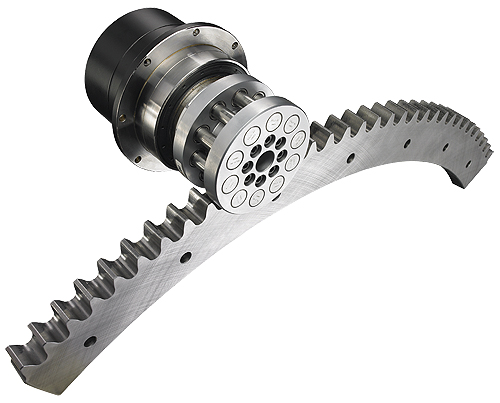
The benefits of rack-and-pinion, including roller pinion, sets are that they can operate without enclosures or protective covers. They’re also efficient to 98% or better, and many exhibit backlash of 1 arc-min or less. Another strength is that they’re often less expensive than comparable linear motors when stroke lengths are long, so that a rack-and-pinion set can cost half of what a linear motor costs, especially for many-meter strokes. Rack-and-pinion sets sometimes perform better than ball screw actuators because they’re not affected by adjacent bearings, couplings or bores. They’re also immune to stiffness degradation, even over long lengths.
Roller pinion systems are capable of speeds up to 11 m/sec (36.1 ft/sec) making them the fastest mechanical linear drive system second only to linear motors. Even at these speeds, the extremely low-friction design creates minimal heat and wear on components.
Due to the smooth way the rollers engage the rack teeth, roller pinion systems generate low noise and vibration. They don’t suffer from the noise caused by tooth slap or recirculating balls that other linear drive systems have. Eliminating sliding friction allows roller pinions to operate substantially quieter than a standard rack and pinion sets.

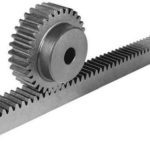
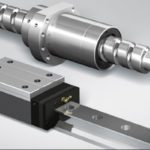
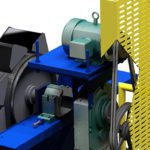
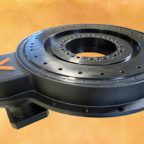

Leave a Reply
You must be logged in to post a comment.